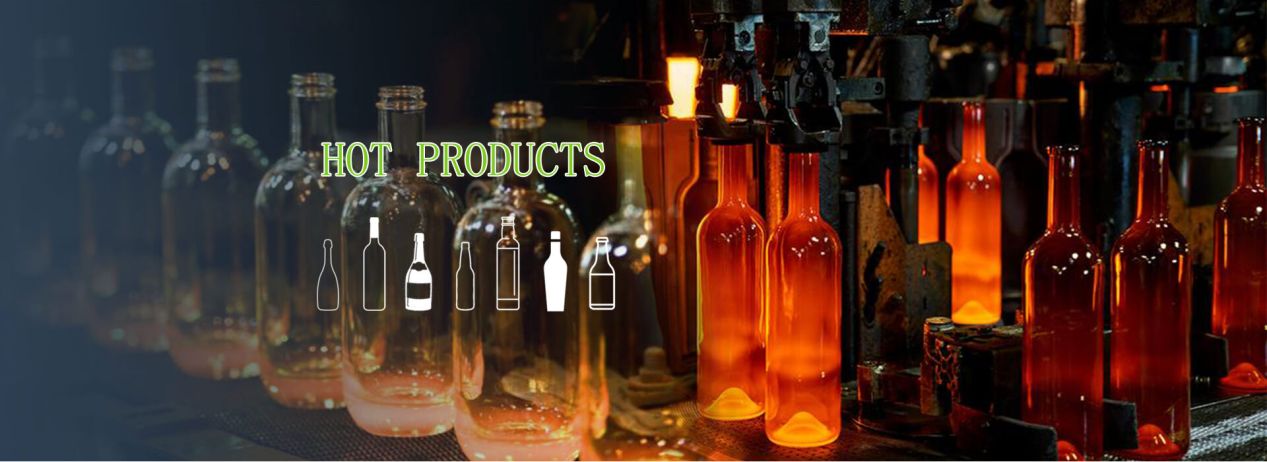The quenching of glass is to heat the glass product to the transition temperature T, above 50~60 C, and then rapidly and uniformly cool it in the cooling medium (quenching medium) (such as air-cooled quenching, liquid-cooled quenching, etc.) The layer and surface layer will generate a large temperature gradient, and the resulting stress is relaxed due to the viscous flow of the glass, so a temperature gradient but no stress state is created. The actual strength of glass is much lower than the theoretical strength. According to the fracture mechanism, the glass can be strengthened by creating a compressive stress layer on the glass surface (also known as physical tempering), which is the result of mechanical factors playing a major role.
After cooling, the temperature gradient is gradually cleared, and the relaxed stress is transformed into a better stress, which results in a uniformly distributed compressive stress layer on the glass surface. The magnitude of this internal stress is related to the thickness of the product, the cooling rate and the expansion coefficient. Therefore, it is believed that when thin glass and glass with a low expansion coefficient are more difficult to quench quenched glass products, structural factors play a major role; , it is the mechanical factor that plays a major role. When air is used as the quenching medium, it is called air-cooled quenching; when liquids such as grease, silicon sleeve, paraffin, resin, tar, etc. are used as the quenching medium, it is called liquid-cooled quenching. In addition, salts such as nitrates, chromates, sulfates, etc. are used as quenching media. The metal quenching medium is metal powder, metal wire soft brush, etc.
Post time: Mar-30-2023


